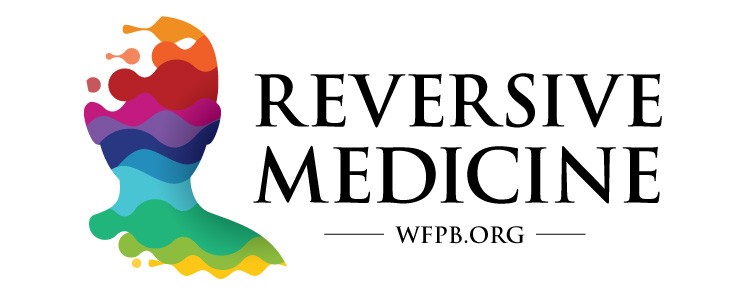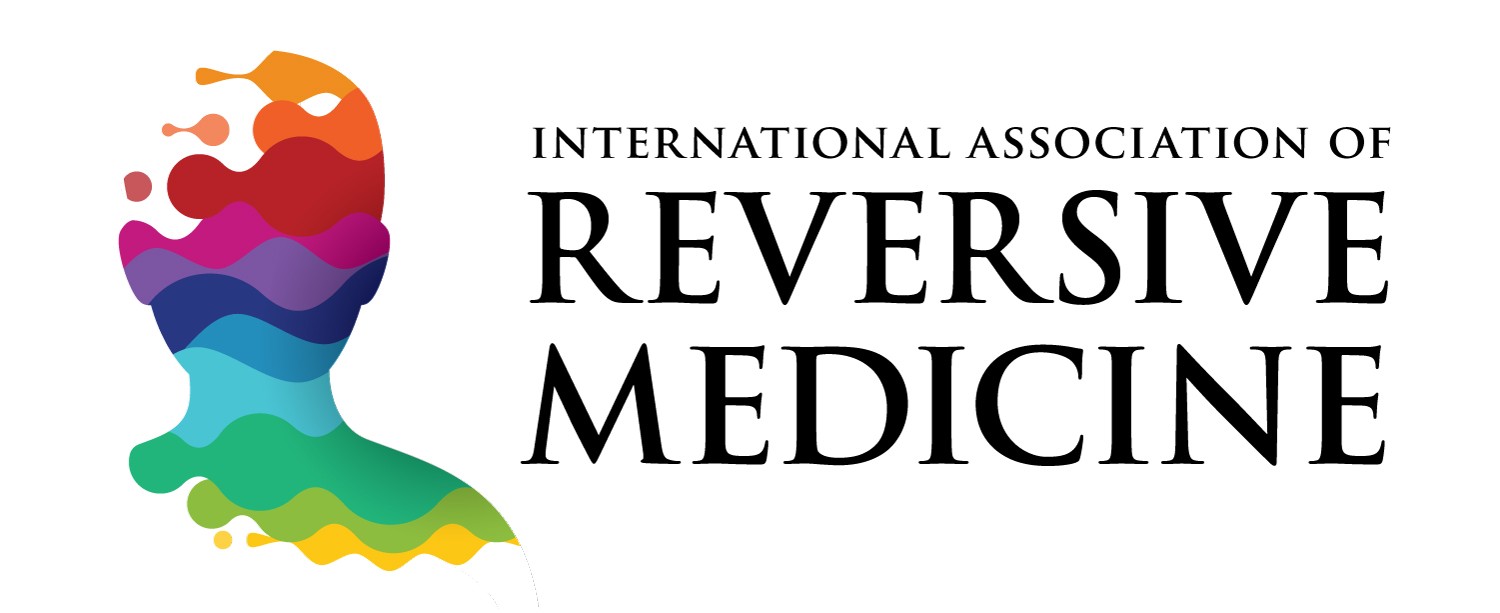Sources
[i] Springmann, Marco, et al. “Analysis and Valuation of the Health and Climate Change Cobenefits of Dietary Change.” PNAS, National Academy of Sciences, 18 Mar. 2016, www.pnas.org/content/early/2016/03/16/1523119113.
[ii] Aleksandrowicz L, Green R, Joy EJM, Smith P, Haines A. The impacts of dietary change on greenhouse gas emissions, land use, water use, and health: a systematic review. PLoS One 2016; 11: e0165797.
[iii] Nelson ME, Hamm MW, Hu FB, Abrams SA, Griffin TS. alignment of healthy dietary patterns and environmental sustainability: a systematic review. Adv Nutr An Int Rev J 2016; 7: 1005–25.
[iv] Hallström E, Carlsson-Kanyama A, Börjesson P. Environmental impact of dietary change: a systematic review. J Clean Prod 2015; 91: 1–11.
[v] Joyce A, Hallett J, Hannelly T, Carey G. The impact of nutritional choices on global warming and policy implications: examining the link between dietary choices and greenhouse gas emissions. Energy Emiss Control Technol 2014; 2: 33.
[vi] Burlingame B, Dernini S, Nutrition and Consumer Protection Division, FAO. Sustainable diets and biodiversity: directions and solutions for policy, research and action. International scientific symposium, biodiversity and sustainable diets united against hunger; Rome, Italy; Nov 3–5, 2010
[vii] Payne CL, Scarborough P, Cobiac L. Do low-carbon-emission diets lead to higher nutritional quality and positive health outcomes? A systematic review of the literature. Public Health Nutr 2016; 19: 2654–61
[viii] Springmann, Marco, et al. “Analysis and Valuation of the Health and Climate Change Cobenefits of Dietary Change.” PNAS, National Academy of Sciences, 18 Mar. 2016, www.pnas.org/content/early/2016/03/16/1523119113
[ix] Tilman D, Clark M (2014) Global diets link environmental sustainability and human health. Nature 515(7528):518–522.
[x] Vermeulen SJ, Campbell BM, Ingram JSI. Climate change and food systems. Annu Rev Environ Resour 2012; 37: 195–222.
[xi] Steinfeld H, et al. (2006) Livestock’s Long Shadow (FAO, Rome).
[xii] Tubiello FN, et al. (2014) Agriculture, Forestry and Other Land Use Emissions by Sources and Removals by Sinks: 1990–2011 Analysis (FAO Statistics Division, Rome)
[xiii] Ramankutty N, Evan AT, Monfreda C, Foley JA. Farming the planet: 1. Geographic distribution of global agricultural lands in the year 2000. Global Biogeochem Cycles 2008; 22: GB1003.
[xiv] Shiklomanov IA, Rodda JC. World water resources at the beginning of the twenty-first century. Cambirdge: Cambridge University Press, 2004.
[xv] Harris, T. D., & Smith, V. H. (2016). Do persistent organic pollutants stimulate cyanobacterial blooms?. Inland Waters, 6(2), 124-130.http://hpkx.cnjournals.com/…/n…/2016-04-29/887-5590-1-PB.pdf
[xvi] Battaglin, W.A., M.T. Meyer, K.M. Kuivila, et al. Glyphosate and Its Degradation Product AMPA Occur Frequently and Widely in U.S. Soils, Surface Water, Groundwater, and Precipitation. J Am Water Resour Assoc. 2014;50: 275-290. http://onlinelibrary.wiley.com/…/10.1111/jawr.12159/abstract
[xvii] Benbrook, C. M. Trends in glyphosate herbicide use in the United States and globally. Environ Sci Eur. 2016;28:3 http://enveurope.springeropen.com/…/10.11…/s12302-016-0070-0
[xviii] Florida Fish and Wildlife Conservation Commission (2015) Annual Report of Pollutant Discharges to the Surface Waters of the State From the Application of Pesticides. https://plants.ifas.ufl.edu/wp-conte…/…/files/npdes-2015.pdf
[xix] Diaz RJ, Rosenberg R. Spreading dead zones and consequences for marine ecosystems. Science 2008; 321: 926–29.
[xx] Dyhrman, S. T., Chappell, P. D., Haley, S. T., Moffett, J. W., Orchard, E. D., Waterbury, J. B., & Webb, E. A. (2006). Phosphonate utilization by the globally important marine diazotroph Trichodesmium. Nature, 439(7072), 68. https://www.nature.com/articles/nature04203
[xxi] Four of nine planetary boundaries now crossed. (n.d.). Retrieved from https://www.pik-potsdam.de/news/press-releases/four-of-nine-planetary-boundaries-now-crossed
[xxii] Campbell B, Beare D, Bennett E, et al. Agriculture production as a major driver of the Earth system exceeding planetary boundaries. Ecol Soc 2017; 22: 8.
[xxiii] Springmann M, Clark M et al, ‘Options for keeping the food system within environmental limits’, Nature, 2018 www.ncbi.nlm.nih.gov/pubmed/30305731
[xxiv] Popkin BM (2006) Global nutrition dynamics: The world is shifting rapidly toward a diet linked with noncommunicable diseases. Am J Clin Nutr 84(2):289–298.
[xxv] Popkin BM. Reducing Meat Consumption Has Multiple Benefits for the World’s Health. Arch Intern Med.2009;169(6):543–545. doi:10.1001/archinternmed.2009.2
[xxvi] Springmann M, Godfray HCJ, Rayner M, Scarborough P. Analysis and valuation of the health and climate change cobenefits of dietary change. Proc Natl Acad Sci 2016; 113: 4146–51.
[xxvii] Lozano R, et al. (2012) Global and regional mortality from 235 causes of death for 20 age groups in 1990 and 2010: A systematic analysis for the Global Burden of Disease Study 2010. Lancet 380(9859):2095–2128.
[xxviii] Key facts and findings’, Food and Agriculture Organization of the United Nations www.fao.org/news/story/en/item/197623/icode/
[xxix] Jonathan Watts, ‘We have 12 years to limit climate change catastrophe, warns UN,’ The Guardian, 8 Oct 2018 www.theguardian.com/environment/2018/oct/08/global-warming-mus
[xxx] Food and Agriculture Organization of the United Nations, International Fund for Agricultural Development, the United Nations Children’s Fund, World Food Programme, WHO. The state of food security and nutrition in the world. Geneva: World Health Organization, 2018.
[xxxi] Horrigan L, Lawrence RS, Walker P. How sustainable agriculture can address the environmental and human health harms of industrial agriculture. Environ Health Perspect. 2002;110(5):445-56.
[xxxii] Popp A, Lotze-Campen H, Bodirsky B (2010) Food consumption, diet shifts and associated non-CO2 greenhouse gases from agricultural production. Glob Environ Change 20(3):451–462.
[xxxiii] Bajželj B, et al. (2014) Importance of food-demand management for climate mitigation. Nat Clim Chang 4(10):924–929.
[xxxiv] Hedenus F, Wirsenius S, Johansson DJA (2014) The importance of reduced meat and dairy consumption for meeting stringent climate change targets. Clim Change 124(1-2):79–91.
[xxxv] Godfray HCJ, et al. (2010) Food security: The challenge of feeding 9 billion people. Science 327(5967):812–818
[xxxvi] Ray DK, Mueller ND, West PC, Foley JA (2013) Yield trends are insufficient to double global crop production by 2050. PLoS One 8(6):e66428
[xxxvii] Stehfest E, et al. (2009) Climate benefits of changing diet. Clim Change 95(1):83–102.
[xxxviii] Tilman D, Clark M (2014) Global diets link environmental sustainability and human health. Nature 515(7528):518–522.
[xxxix] Bajželj B, et al. (2014) Importance of food-demand management for climate mitigation. Nat Clim Chang 4(10):924–929.
[xl] Godfray HCJ, et al. (2010) Food security: The challenge of feeding 9 billion people. Science 327(5967):812–818.
[xli] Hallström E, Carlsson-Kanyama A, Börjesson P (2015) Environmental impact of dietary change: A systematic review. J Clean Prod 91:1–11.
[xlii] Ripple WJ, et al. (2014) Ruminants, climate change and climate policy. Nat Clim Chang 4(1):2–5.
[xliii] Stehfest E, et al. (2009) Climate benefits of changing diet. Clim Change 95(1):83–102.
[xliv] Tilman D, Clark M (2014) Global diets link environmental sustainability and human health. Nature 515(7528):518–522.
[xlv] Hedenus F, Wirsenius S, Johansson DJA (2014) The importance of reduced meat and dairy consumption for meeting stringent climate change targets. Clim Change 124(1-2):79–91.
[xlvi] Popp A, Lotze-Campen H, Bodirsky B (2010) Food consumption, diet shifts and associated non-CO2 greenhouse gases from agricultural production. Glob Environ Change 20(3):451–462.
[xlvii] Springmann M, Clark M, Mason-D’Croz D, et al. Options for keeping the food system within environmental limits. Nature 2018; published online Oct 10. DOI:10.1038/s41586-018-0594-0.




